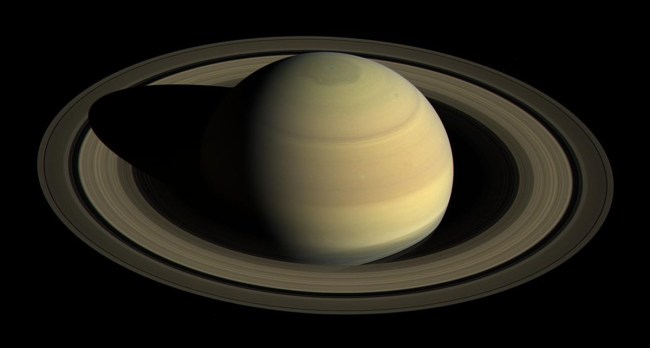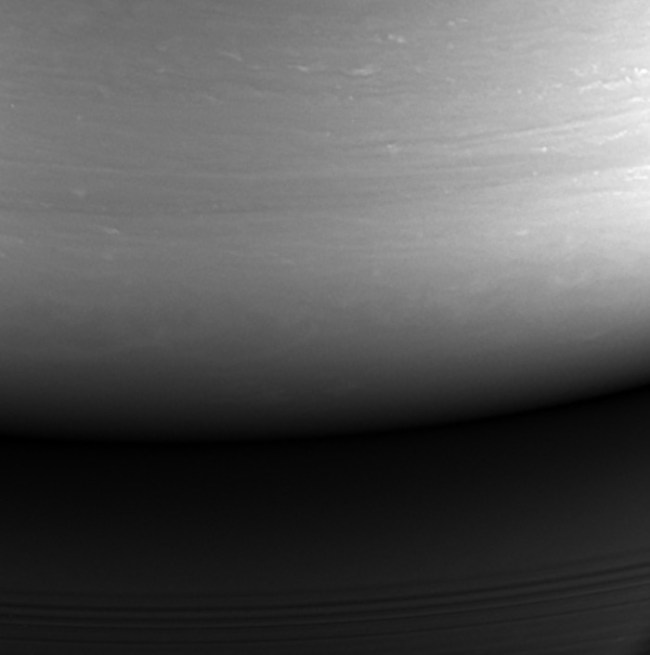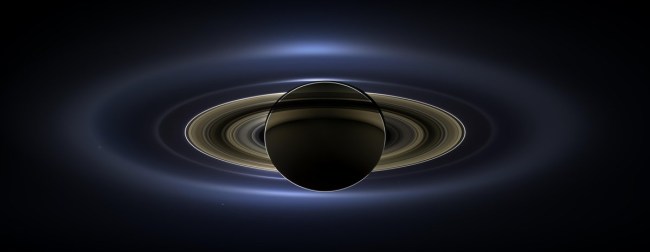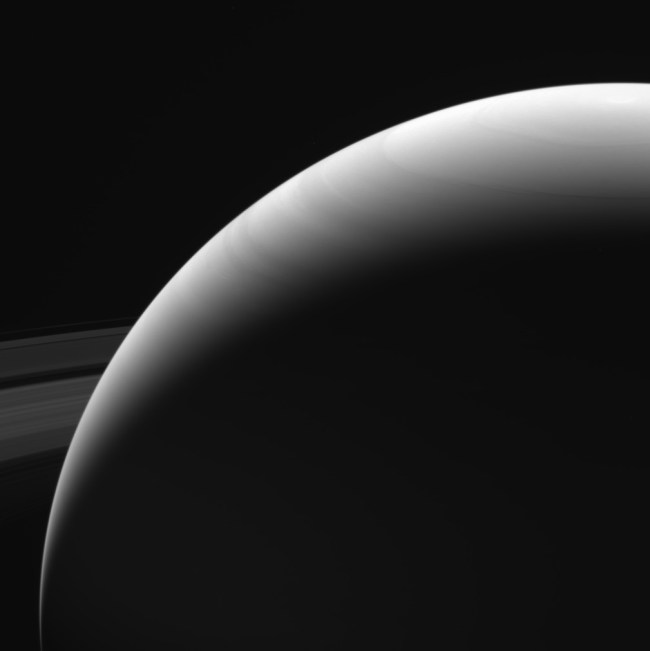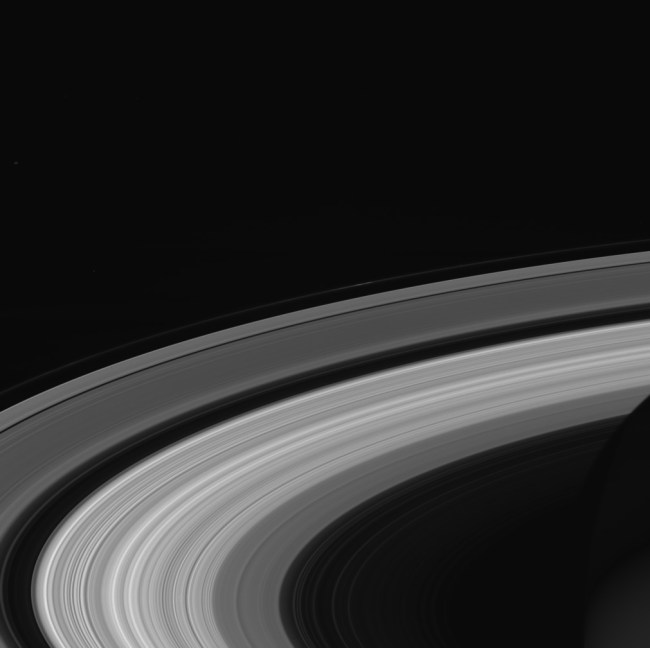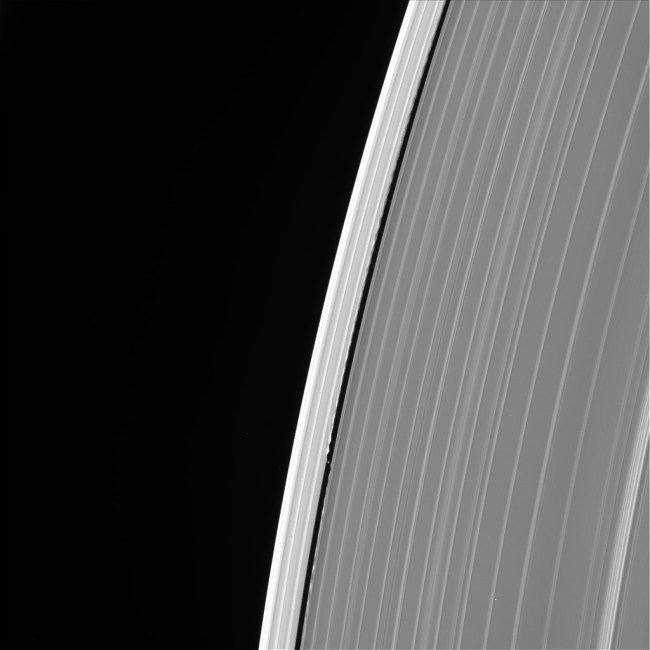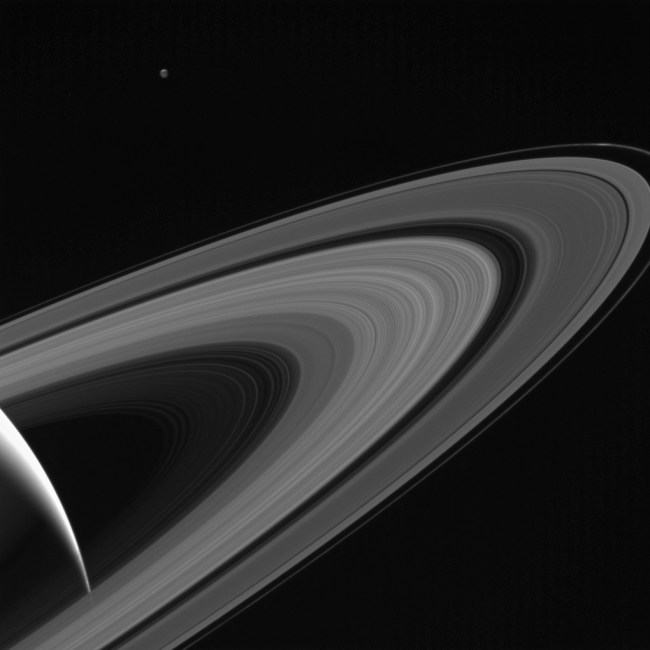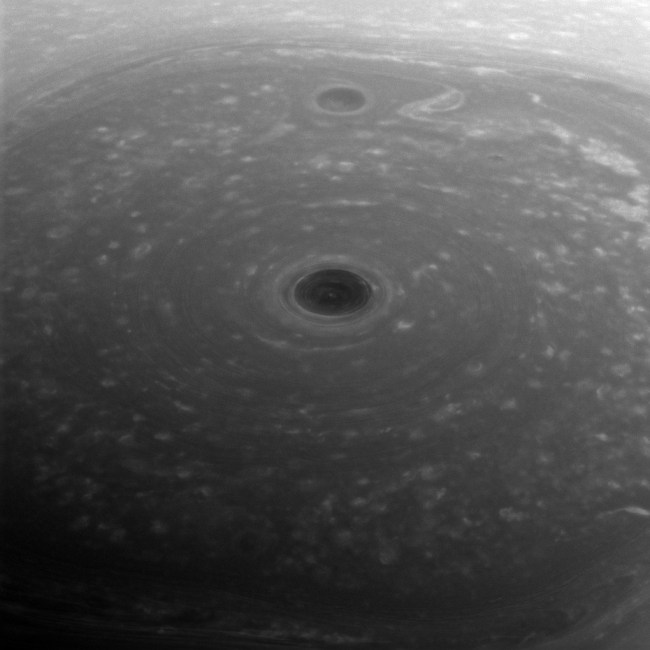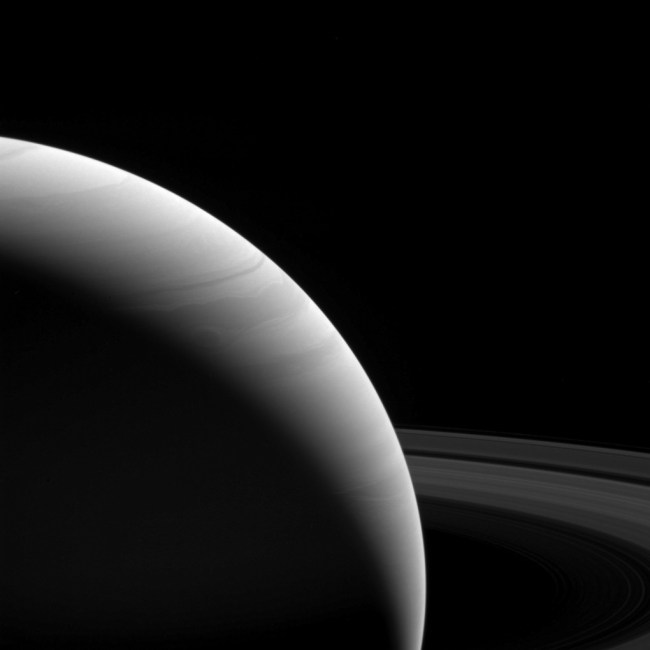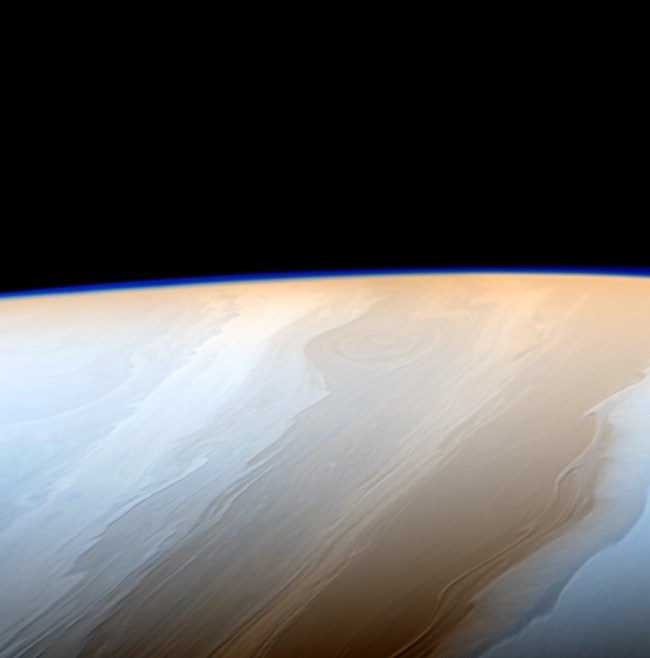On October 15, 1997, NASA’s Cassini spacecraft was launched into space from Cape Canaveral, Florida, aboard a U.S. Air Force Titan IVB/Centaur rocket. The Cassini-Huygens mission included flybys of Venus in April 1998 and July 1999, and Jupiter in December 2000 as it traveled seven years and over 2.2 billion miles of space to reach Saturn. The main objective of Cassini was to explore Saturn and the spacecraft did so marvelously, snapping 453,048 images since its mission Saturn mission began in 2014. Images revealed lakes and seas of methane on Titan, giant jets of water gushing from Enceladus, and so many extraordinary photos of Saturn’s curious rings. Cassini discovered six named moons, prompted 3,948 science papers to be published, and traveled 4.9 billion miles in total. On Friday, 7,275 days since it first launched, Cassini’s mission came to a fiery end when it purposely plummeted into the giant gas planet and burned up in the atmosphere.
“This has been an incredible mission, an incredible team,” said Earl Maize, Cassini’s program manager at mission control after Cassini’s signal was lost. “I’m going to call this ‘end of mission.’”
Earth received @CassiniSaturn’s final signal at 7:55am ET. Cassini is now part of the planet it studied. Thanks for the science #GrandFinale pic.twitter.com/YfSTeeqbz1
— NASA (@NASA) September 15, 2017
Cassini’s final descent was named the “Grand Finale” and the spacecraft traveling roughly 75,000 mph navigated in a gap between Saturn and its rings. For about 60 seconds, Cassini used the last of its rocket fuel to fire its thrusters, and plunge the spacecraft through Saturn’s upper atmosphere. Cassini’s last image during its crash course was taken at 3:59 p.m. ET on Thursday. This is the final photo Cassini transmitted before ending its mission.
This image shows where the spacecraft entered Saturn’s atmosphere.
The spot: an infrared image of the location where the spacecraft entered Saturn's atmosphere https://t.co/0tzUxxS2BW #Cassini pic.twitter.com/AXedtqKpBR
— NASA Solar System (@NASASolarSystem) September 15, 2017
Some of the final images sent by Cassini during its farewell tour.
A thrilling epoch in the exploration of our solar system came to a close today as @CassiniSaturn dove into Saturn: https://t.co/Y0da0SmMPl pic.twitter.com/Ec2KU1hbyr
— NASA (@NASA) September 15, 2017
One last look…Explore the final @CassiniSaturn pics, taken just hours before its fateful plunge into the planet: https://t.co/dyewjqLoiZ pic.twitter.com/NeOxO8EFHR
— NASA (@NASA) September 15, 2017
Here are some of the utterly unbelievable images of Saturn, the iconic rings, and its moons taken by Cassini during its incredible journey.
To truly reveal the wonders of Saturn, we had to go there. Look back at @CassiniSaturn's 13 amazing years exploring the planet pic.twitter.com/oApb3UJSSF
— NASA (@NASA) September 15, 2017
Some of our favorite postcards from our journeys at Saturn, now available in a free, downloadable e-book: https://t.co/mS4KvhVytg pic.twitter.com/xNbCWx2VTS
— NASA Solar System (@NASASolarSystem) September 15, 2017
Why didn’t NASA just let Cassini drift around Saturn you ask? There is actually a very important reason why the space agency decided against that proposition years ago. Cassini had to be destroyed by plunging into Saturn to protect the moons of Saturn, especially Enceladus and Titan, which could potentially host life. NASA didn’t want to risk Cassini crashing into one of these moons and exposing it to Earth microbes, possibly killing any living creatures on the moons.
Why did we end @CassiniSaturn mission with this #GrandFinale dive into #Saturn? To protect moons from contamination: https://t.co/mzKW5uDsTi pic.twitter.com/vJJvhkSnPR
— NASA (@NASA) September 15, 2017
Let’s keep exploring.
Cassini showed us the beauty of Saturn.
It revealed the best in us.
Now it's up to us to keep exploring. pic.twitter.com/E4p1jOvFKf— NASA Solar System (@NASASolarSystem) September 15, 2017
